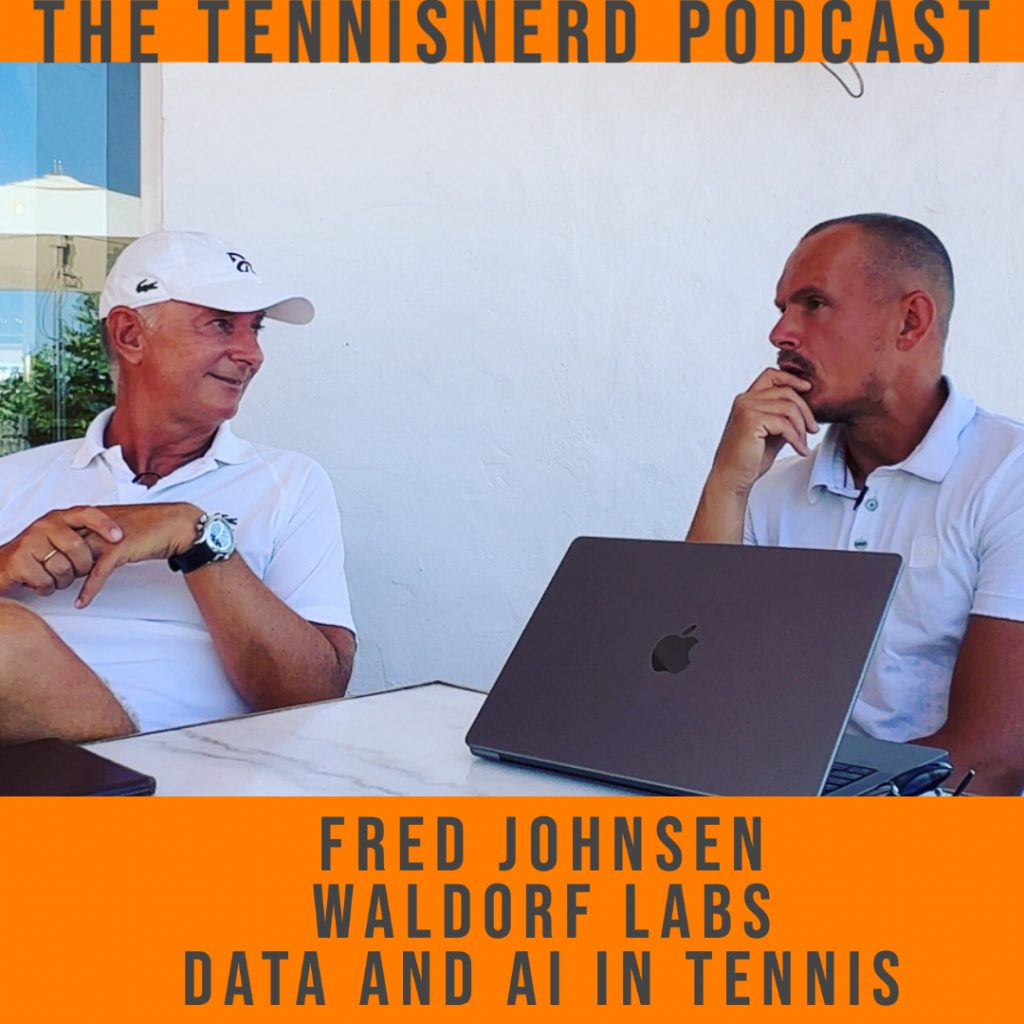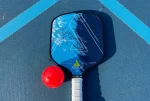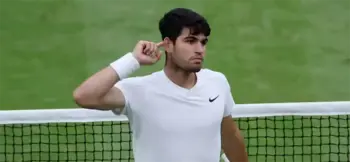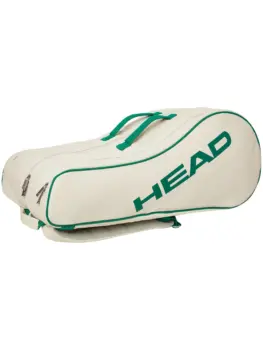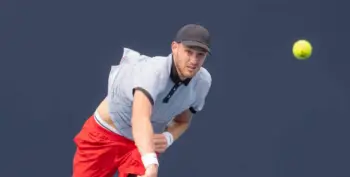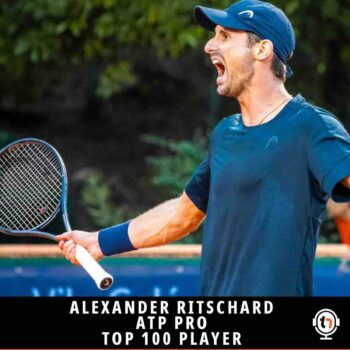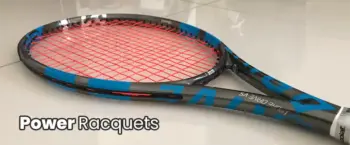Many players are using data to win more matches on the ATP and WTA tours. But how? We talk to Fred from Waldorf Labs to get an idea.
It’s 2022. Tennis is technically lagging in using data to win more matches. Other sports have been analyzing data and stats for years to break down opponents and figure out their strategies. But tennis is getting there. With the advent of software like Swingvision and different companies providing data analysis to players (Craig O’Shaugnessy pioneered this field thanks to his work with Novak Djokovic).
Waldorf Labs is an interesting player in this field, especially since they rely a lot on machine learning and computer vision (like what Swingvision does) to bring insights to their players. I visited one of their training sessions in Marbella (top WTA player) and they had structured their session based on their AI insights.
Podcast with Fred Johnsen
I met up with Fred Johnsen, the founder of Waldorf Labs at Puente Romano in Marbella. We chatted about how tennis can improve its usage of AI and data and how players can utilize stats in creating game-winning strategies.
It’s an exciting conversation for me personally since I used to be a more or less “professional” chess player in my youth. In chess, you prepare for each longer competitive match by searching for your opponent in a base of competitive chess games called “Chessbase.” Then you try to find holes and weaknesses in your opponent’s game that you can utilize.
With services like Waldorf Labs, you can get insights on your next-round opponent the same evening you contact them. Imagine getting some key bullet points on each opponent to better help you beat them. That is pretty stellar service if you’re a competing player.
I’m very interested in this stuff, and I hope to experience how these players can utilize the information to beat their opponents. But I also have to respect the player’s privacy, so it has to be a balanced approach.
For now, big thanks to Fred for this exciting interview.
